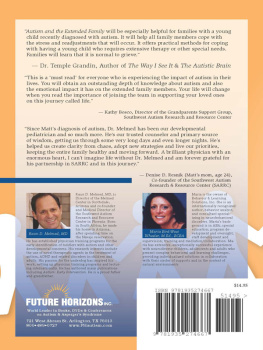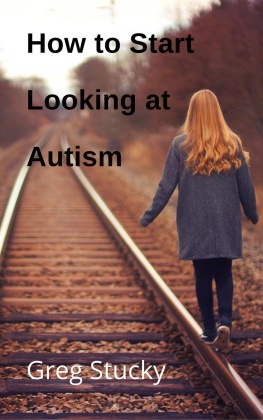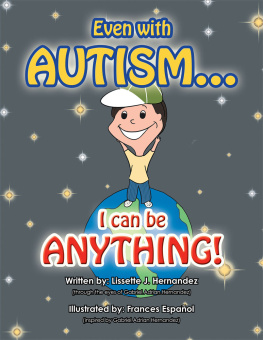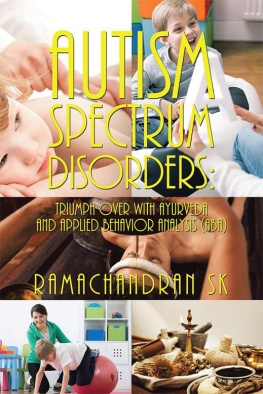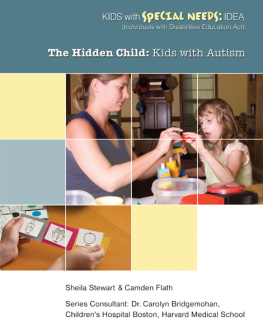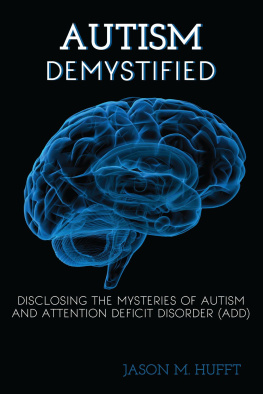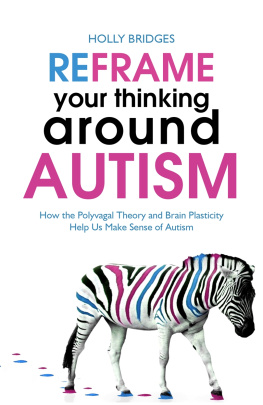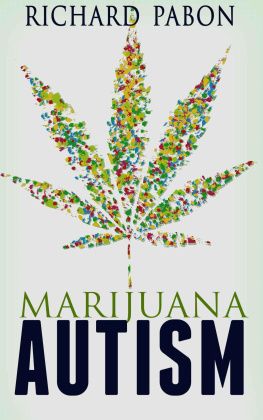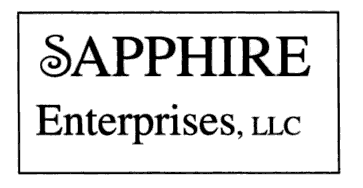"In TheFabricofAutism, Bluestone gives us breathtaking insights into the workings of the mind, especially the autistic mind. Only someone with the inquisitive mind of a scientist, a heart full of compassion, and the first-hand knowledge of how autism feels could have written this book."
Marybetts Sinclair, LMT,
Author of Pediatric Massage Therapy
"There is such a need to unmask the positive potential of every human being. TheFabricofAutism is like a beacon of light leading the way."
Jeannette Vos, Ed.D.
Co-author of The Learning Revolution
"The HANDLE concept is brilliant... Give the brain all the right ingredients and watch the magic! Using nutrition, homeopathy and movement, Judith Bluestone combines the wisdom of the body with input from the senses to produce profound changes in learning and behavior. A neuro-developmental approach to autism respects the uniqueness of each individual. Parents can now be optimistic that even the most profoundly disabled kids can function more efficiently."
Patricia Lemer, M.Ed.
Co-founder and Executive Director of Developmental Delay Resources
"I recall Herbert Steiner said of John Perse's work: 'Nicht wir richten ueber Werke, wir werden an ihnen gemessen.' (We do not judge works, rather we are measured against them.) After contemplation of great works of art, you see the world with the eye of the artist: you do not judge the work, rather it judges you. It changes your outlook. TheFabricofAutism is just such a work."
K.H
Mother and Grandmother of HANDLE clients
The fabric of
AUTISM
Weaving The Threads Into A Cogent Theory
Judith Bluestone
The fabric of
AUTISM
Weaving The Threads Into A Cogent Theory
Copyright 2005 Judith Bluestone. All rights reserved.
Published by:
Sapphire Enterprises, LLC
1300 Dexter Avenue North, #110
The Casey Family Building
Seattle, WA 98109
(206) 204-6000
info@sapphire-enterprises.com
www. sapphire-enterprises, com
Although incidents and anecdotes are based on real events, some names have been changed to protect confidentiality.
ISBN 0-9720235-2-6
Library of Congress Control Number: 2003116657
First printed in the United States in 2004 by The HANDLE Institute
Grateful acknowledgement is made for permission to reprint previously published material:
The Uncharted Territory of just Raising Ivy is reprinted by permission of the author from The Churkendoose Anthology: True Stories of Triumph over Neurological Dysfunction. Copyright 2002 The HANDLE Institute. All rights reserved.
This Autistic Man is reprinted by permission of the author from The Light Within. Copyright 1998 Lincoln Grigsby. All rights reserved.
Hear What I am Saying is printed by permission of the author.
Cover design by Kristin M. Adams.
Special thanks to Carolyn Nuyens and Janet Kerschner.
Printed in the United States of America.
D edication
To my mom,
who learned to love me
as her daughter
and to like me
for the quirky human being
I am.
Acknowledgments
... to my three sisters: Marlene, my biological sister, and Sindy and Lane, my sisters by choice, without whose support I could not have written this book
... to Lanethis time as Lane Browningfor being able to switch hats from sister-by-choice to Editor and, wearing that formidable hat, helping me display the fabric in a way that others may appreciate
... to Lisa Brenner, who gave much thought and numerous hours to help bring this project to fruition
... to the staff and volunteers of The HANDLE Institute, who gave me the time and space to research and write this book, knowing that although it will never be "finished" I needed solitude to finish it
Foreword
By Tim Hutton, Ph.D., CST-D
The nervous system in general and the brain in particular are among the most complex and least understood systems in the human body. This becomes especially apparent when we try to apply our understanding of the brain to that most puzzling of situations, Autism Spectrum Disorder (ASD), which is truly becoming the disease of our times.
The application of traditional medical science and models of the nervous system to the treatment of ASD has met with only limited success, in part because our understanding of the nervous system is so rudimentary. If we do not know how the nervous system functions under normal conditions, how can we hope to apply our understanding successfully to a situation as complex as ASD?
The study of the brain presents a unique challenge since the brain itself is our principal organ of investigation, and as we investigate its function we are indeed looking directly into the mirror. The mind studying itself presents a multitude of opportunities for confusion, projection, and self-deception. To gain insight we must proceed with caution and, if we are wise, thoroughly examine all the assumptions that underlie the conclusions we hope to reach.
Among the assumptions we often implicitly make, and often take for granted, is the belief that the mind arises out of the functioning of the brain, i.e. that we think, feel, and experience, indeed that we are conscious, as a result of the cumulative electrical activity of all the synapses in our brains. We project an internal quality of our existence, the thing that we call "mind," onto the physical and biological structure of our brains. In our scientific and rational culture, we tend to identify ourselves with our brains, as if we, the brains, are simply creatures inhabit ing the rest of our bodies. We look down at our arms and our legs, our stomachs and our livers, our breasts and our genitals, and don't experience them as being "us."
There is some evidence to justify this belief. We take in most of our sensory input through the face, particularly the eyes, so it is natural to associate the center of our being, our sense of "I"-ness, with a point somewhere behind the window of our vision. We know the brain is central to personality as well as to life itself. We can live without an arm or a leg, we can transplant vital internal organs and maintain life, but we can neither live without nor transplant the brain itself. Injuries to the brain can have a most profound effect upon our experience of life.
Alternatively, consciousness may be a quality fundamental to life, and perhaps even a characteristic of existence itself. Our conscious awareness may arise as the combined result of the consciousness of each individual cell, of structures within the cells, even of proteins, all working together symbiotically for the greater good of the whole. Cells and proteins make many decisions. When such decisions are made incorrectly, or there is miscommunication between the cells or between parts within a single cell, a host of health problems, including ASD, may result.
Science itself, upon which most of our modern understanding of medicine is based, has as its foundation certain assumptions, which are unfortunately usually not discussed. All science is based upon models, which we produce in the hopes that they will prove useful in predicting the future behavior of the system we are studying. The model currently prevalent in Western medicine is that the human body is basically a machineany stimulus to the body is followed by the body's inevitable response. This is an assumption. Among its implications is that the role of the doctor, therapist, or clinician is to cure the client, rather than to facilitate and support the body's own intrinsic healing mechanisms.


